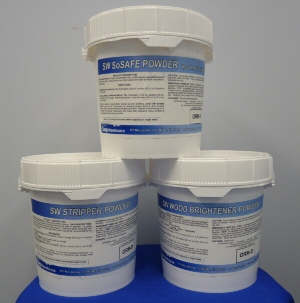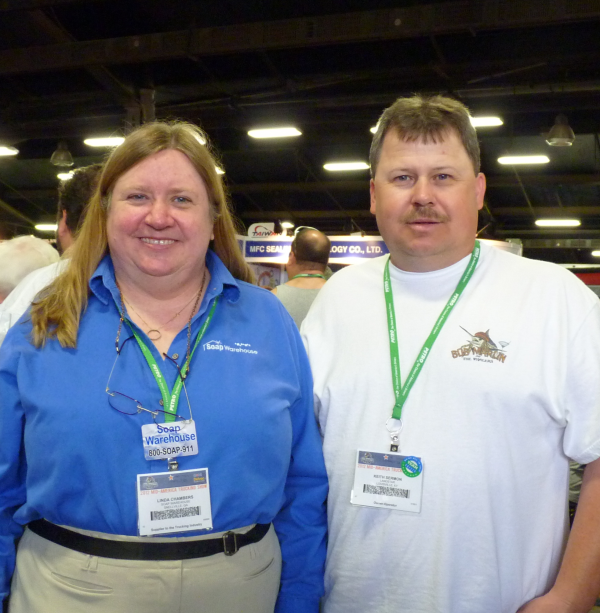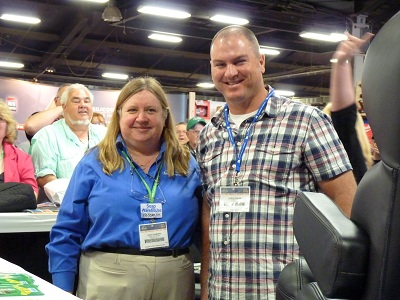There are many articles, webinars and e-book kits out right now on how to use Pinterest to market and sell, but most are not for service business owners like pressure washers, they are for the retail business owners. In other words how to interest people in buying a product not a service.
So I will go over some basic information and tips on how you can use this fastest moving new social media to your benefit.
10 basic things to know about Pinterest and how it works.
1. You must be invited by a current Pinterest member to start a page. So if you do not already know someone you can't just go and start a page because you want to. So I am offering any Soap Warehouse patron a free in. Just call me with your e-mail and I will send you an invite, that simple, 1-800-762-7911. But for most of you just ask your wife she is probably already on it. Over 80% of Pinterest users are women, but don't let that bother you since women are the most likely the person who will call for pressure washing or at least put their husband up to calling.
2. Create your page in your business name, not your name. This separates you automatically to the viewer or visitor as a business and not just some guy that does this type of work on the side. For instance as of this printing there are only 5 "People" that have the words "Roof Cleaning" as part of their name. But only be that specific if one line of work is all you do. If not make separate boards for each type of work instead. And congratulations to AccuWash for being one of these five.
3. Once you post a new board it will be the first board seen on your page. Right now there is NO way to change this, so pre planning is key to how your page will be seen by new viewers. You can take the time to move an entire board back to the first position but it would take alot of work. You can not just repin a whole board like you can a single pin (discribed later). You will have to make a new board first and it can not have the same name as a board you already have. So if you want to use that same name you first have to go and change the currents boards name and then create the new board with the name you want.
4. You can change the titles of the boards that come standard with Pinterest and you many want to change all or at least some of them before you start adding new ones. Most computer screens will see the first 10 boards you post so best if you can keep everything you want to show case under or equal to that number. Or at least your business boards under that number. Have some fun boards also above the fold to hold and bring those new people to your listing. If all they see is boring business items they may click right back off you.
5. Once you pin to a board it also will keep shifting back or down as new items are added and there is nothing you can do about that either, other than repining, which I will discuss later on. And be sure once you have pinned something to open it back up by using the edit button and adding a link. This way you can direct people to where you found this item, to a page on your web site or to a landing page with a special offer or opportunity. Links can be vital.
6. As you pin to your boards it is also being pinned to the general main Pinterest page showing the most recent activity. So posting frequently keeps you in front of new people every time you post, who can then subscribe to one or more of your boards. Fun posts will draw them in and only having good content will keep them or have them follow one or all of your boards.
7. Make the most of the description section to exactly match what you are showing. That way the search will work the best for you. For example if you list pressure washing or power washing in your description and then do a search for that you will get results with all the words, pressure and washing, which will give someone looking also a lot of laundry washing items as well. Adding more descriptions will shorten the list but may not help if the searcher does not think to use it. For example 'Roof cleaning' gives a good number of results. Switching it to 'cleaning roof' gives you the same results, Pinterest does not care what order they appear in the description just that the words do appear unless quotes are placed around them "Cleaning roof" then will only give one result while "roof cleaning" gives you back all those others. Add the word "pressure" and it will help by making more of the results of where you want to be. Also add the word "No" and it drops the number down to just a handful.
8. Make boards not just pins using key words. I could not believe that no one right now has a board named "Roof Cleaning" but AccuWash. The more interesting you make the pin post names the more likely it will be looked at. But don't be like Wnc Roof Cleaning, that is the name of their page but NONE of the 30 boards on that page have anything to do with the business. They are all fun boards. What a wasted opportuinty. The page has had some acitvity but no where can these visitors see who and what Wnc Roof Cleaning is!
9. Make Fun boards only about things you really care about and like, things that you think prospective customers care about and like as well. Do you have a passion for certain food, sport, activity. Or just make a board with a broad topic, places I have been, want to see, Bucket list items. These are the boards that will get people looking, liking and following you. Then maybe a few of them are in your area and will try your services. You can not expect to have all business boards and generate any type of traffic. And you want to only show things you really are interested in. Having a board on nails (the ones on your fingers) would not be a good choice but one on 30 minute or less meals or on grilling out could be.
10. Now I will mention the moving or repinning an item from low down on a board to place it back at the top. You will have to go first to the board the pin is now. Click to edit the board, then click to edit the pin you want to move. You can now repin this pin to the top of that board or add it to any other board. But if you do not want two of the same thing on one board you will then have to delete that pin that will still be in the lower position. This is also an easy way to run a promotion. Just change the offer and repin the photo and new offer to the top of the board you want. You might have a board just for Specials that can be always be first on your page.
I am not saying that Pinterest will bring you a ton of new business like a local Facebook or Google ad can from people who never knew you. But I am saying that having a Pinterest page will make you look like a more rounded and real person that others will want to do business with. And once you are a member of Pinterest, be sure to connect to as many of your current customers as possible. This way you can always be around them and noticed when they are on the site so they can easily think of you and refer you to their friends. And that is the best way to earn new business and it will almost be for free.



